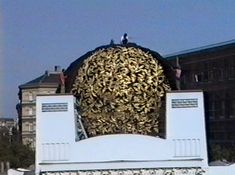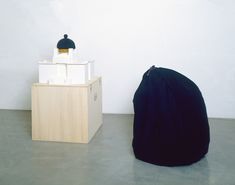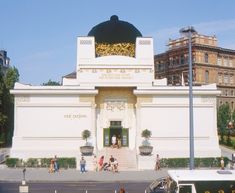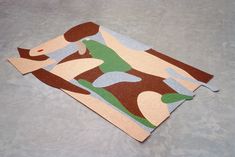Marcus Geiger
Marcus Geiger was born in Muri, Switzerland, in 1957. He first studied architecture in Zurich and Lucerne. At the end of the 1970s he came to Vienna, where he moved to study stage design with Prof. Lois Egg at the University (then Academy) of Fine Arts Vienna from 1987 to 1982 and graduated. In 1996 he received the Manor Art Prize St. Gallen, Switzerland. In 2007 he was awarded the Prize for Fine Arts of the City of Vienna. In the 1980s and 1990s he was active as an artist mainly in Austria. In 1992, 1998 and 2008 he exhibited at the Vienna Secession. In 2000, he participated in Manifesta 3 in Ljubljana, Slovenia. In 2010 he was artist in residence at the One World Foundation in Ahungalla, Sri Lanka. In 2010-11 he was accepted into the Berlin Artists Program of the German Academic Exchange Service (DAAD). 2010-2011 Marcus Geiger was a visiting professor at the Academy of Fine Arts (AVU) in Prague, Czech Republic. Numerous and regular solo and group exhibitions with a focus on Austria and international participations in Switzerland, Germany, Switzerland, Italy, Croatia, Greece, France, Spain, Albania, Serbia, Sri Lanka and the USA followed. Markus Geiger lives and works in Vienna.
Translated with www.DeepL.com/Translator (free version)
Since the 1980s, Geiger has intervened with art projects in public space, which he has realized in Austria, Germany, Poland, France, and the USA, among other places. In Vienna in the 1980s, he twice alienated the familiar sight of the Vienna Secession, opened in 1898, an outstanding Art Nouveau architecture by Joseph Maria Olbrich, then a young collaborator in Otto Wagner's studio. It served as an exhibition house for the new artists' association of the same name, which Gustav Klimt had founded in 1887 in protest against the conservative Künstlerhaus. The gilded dome made of laurel leaves (criticized by the population as the "golden Krauthappel") caused great excitement and protest among the population at the time. In the summer of 1992, Marcus Geiger put an oversized bobble hat made of black terry cloth on the Vienna Secession and covered its upper half. At the same time, he used the black cap to create an accent that was visible from afar, irritating and triggering new discussions that also made historical rejection an issue again. The original cap and the architectural model for cladding the dome are in the collection of the Generali Foundation. In 1998, Geiger had the exterior façade of the Vienna Secession painted red by uneven hand. It was the year of its 100th anniversary. With this artifice, he desecrated the architectural flagship of modernism a second time. He destroyed the clear image and the principles of formal and colorful reduction of modernism by counteracting the uniform white surface in terms of color and through the non-uniformity of the hand-painting. With his interventions in public and institutional space, Geiger succeeds in disrupting our habitual perception. He always alludes to forgotten or repressed contexts and exposes systems by exposing and/or subverting them.
read more read less


